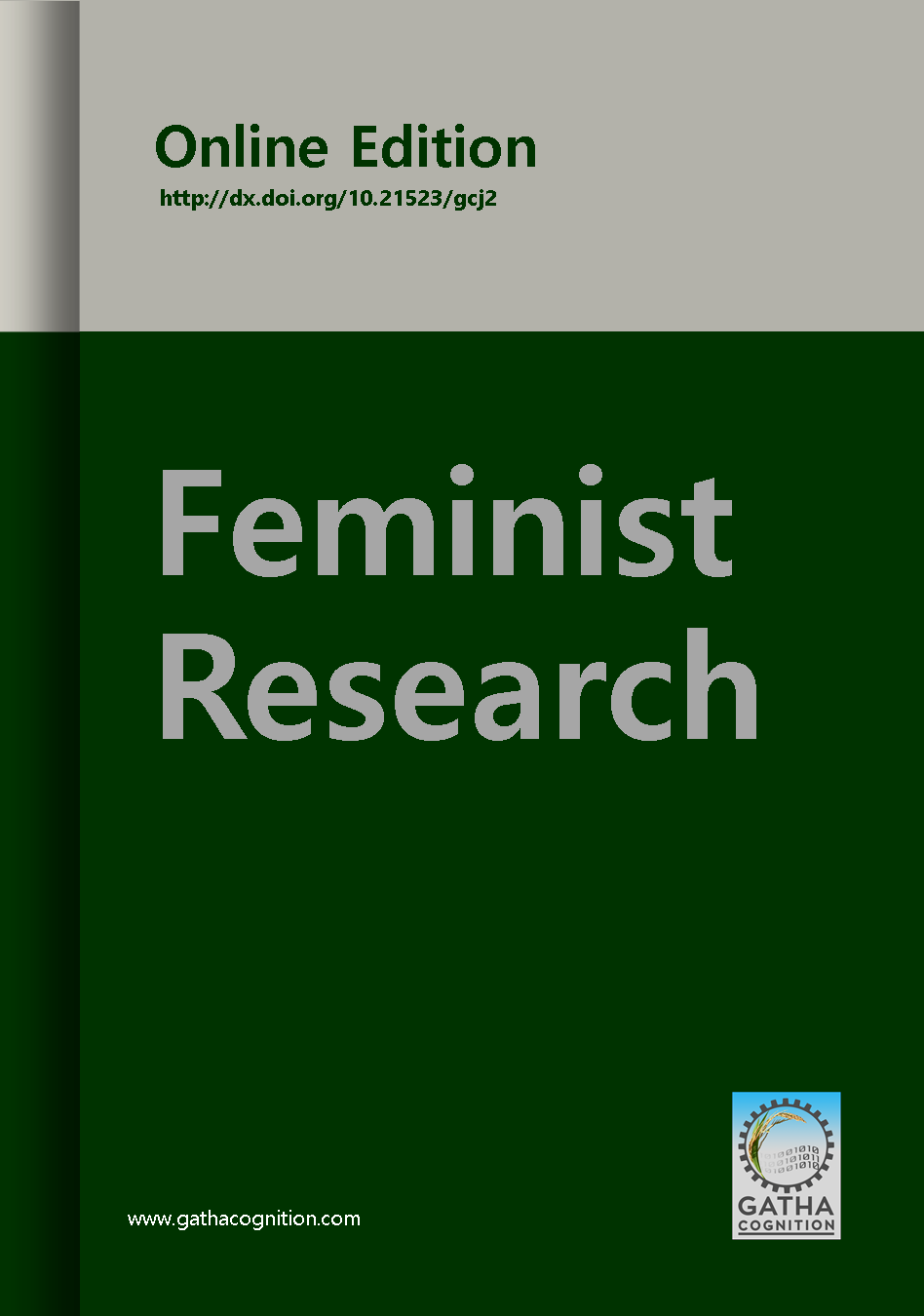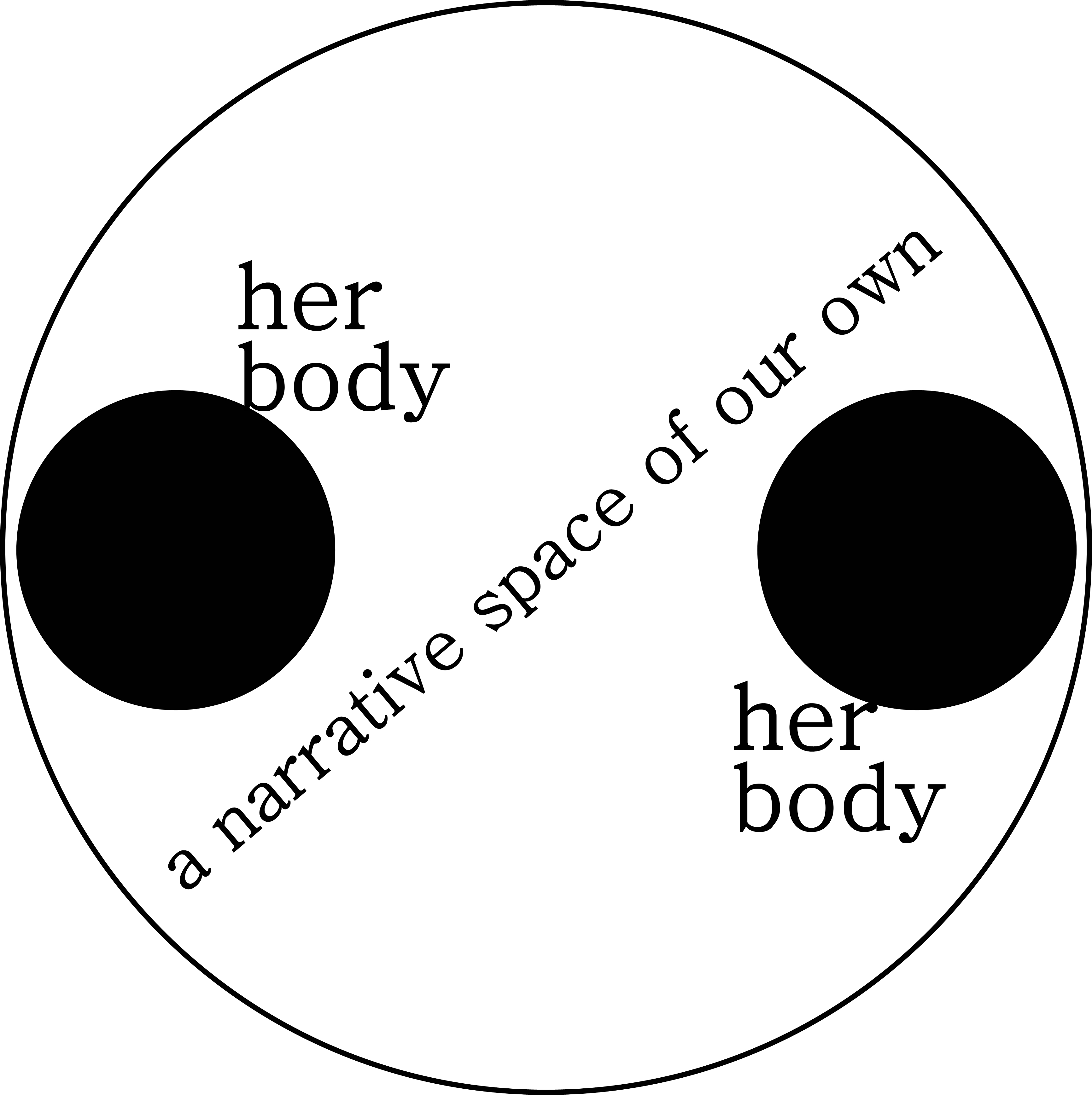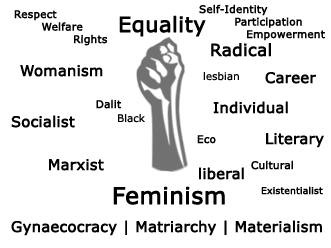Article Title :
“A Whiff Like the Effect of Butterflies at the End of the Earth”1 : Esthetics of Linguistic Discourse in the Poems of Arab Poetesses as Mirrors of Liberation and Influence 
6 (2022)
30-38
Modern poetry , linguistic devices , Gender , Arab Poetesses


Many female Arab writers have chosen poetry as the most efficient and esthetically most gratifying medium for expressing the discourse of liberation and influence that they are leading. The present paper discusses the new poetic devices adopted by various women poets, from the use of shocking titles to the creation of unusual devices for communication between reader and poem. In this study, we focus on three poems by three women poets and compare the role that verbal esthetics play in promoting the concept of liberation and influence in them. The first poem is ‘Taḥaddin’ (Challenge) by the Algerian poet Aḥlām Mustaghāminī (b. 1942). In it, language appears as an instrument for a discourse of liberation in face of great challenges: politics, society, the writer herself. The poet uses such traditional devices as harmonizing intertexuality and functional rhyme to construct her vision. The Iraqi poet Wafā Abd al-Razzāq (b. 1952) in her ‘Waqfāt’ (Pauses) takes symbols out of their usual context and deprives them of their evocative power in the reader’s mind, enabling her to use them to create images of her own vision of women composers of poetry. Maysūn Ṣaqr (b. 1958) of the United Arab Emirates expresses redemption through the act of writing by using meta-linguistic esthetic constructions such as écart, contrasting intertextuality and enjambement that shatter the meaning. All three poems use devices that are similar to those used by male Arab poets in modern times, the poetesses have succeeded in giving these devices a feminine coat unique to them. The difference lies in the mode of their use: 1) clearly hearing the feminine first person, 2) allusions to children’s voices, masks and stories, and 3) biographical tales whose protagonists are women, all of which are rarely to be found in the writings of male poets.

The three poems represent an attack by women on the male poetic system.
All three poems use devices that are similar to those used by male Arab poets in modern time.
The poets attempt to free themselves, not socially, intellectually or politically.
The poets have a feminine meta-linguistic focus.
Abd al-Azīz, A., 2009. Mishnaqa fī fīlm kārtūn. Cairo: Sharqiyyāt lil-nashr wal-tawzī.
Abd al-Razzāq, W., 2000. Lil-Marāyā shams mablūlat al-ahdāb. Jordan: Dār al-Kindī.
Al-Bayātī, Abd al-Wahhāb, 1989. Bustān ʿĀʾisha. Cairo: Dār al-sharq.
Bin Juma, Y., 2016. Laytanī ʿāhira. Tunis: al-ʿArabiyya lil-ṭibāʿa wal-nashr.
Bin Juma, Y, 2018. Interview. Al-Wafd, Jan. 20, 2018.
Bin Masūd, R., 2002. Al-marʾa wal-kitāba. Casablanca: Ifrīqiyā l-sharq.
Cixous, H., 1983. The Laugh of the Medusa. In: Elizabeth Abel and K. Emily (Eds.), The Signs Reader: Women, Gender and Scholarship. Chicago: University of Chicago Press.
Cooke, M., 1996. Women and the War Story. Berkeley: University of California Press.
Freelock, N. and Vega, S., 1989. The title: types of titles and their features. Lashon, habaʿa, Havana: Iyunim ve-darkhey horaʾa. Jerusalem: Ministry of Education and Culture (Hebrew).
Garst, R. E., 1982. Headlines and Deadlines: A Manual for Copy Editors. New York: Columbia University Press.
Gottesfeld, D., 2010. ‘Acoustic Walls’: On feminine voices in the stories by Samia ‘At'ut’. Journal of Arabic Literature 41: 3, 303-320.
Ḥarrār, N., 2018. Mubdiʿū l-tisʿīniyyāt al-akthar khuṭwatan bil-dirāsāt al-jāmiʿiyya. London: E-Kutub.
Ibrāhīm, Ḥ., 1991. Al-Dīwān. Beirut: Maktabat Lubnān.
Iṣām al-Dīn, H., 2009. Ḥulla ḥamrāʾ wa-ʿankabūt. Cairo: Dār sharqiyyāt.
Al-Iṣfahānī, Abū l-Faraj Alī b, Al-Ḥusayn, 2008. Al-Aghānī. 3rd printing. Beirut: Dār Ṣādir.
Al-Jūh, A., 1999. Shiʿriyya wa-qaḍiyya: Dirāsa fī shiʿr Muʿīn Basīsū. Sfax: Faculty of the Humanities.
Al-Maḥbashī, Q., 2010. Al-Usus al-falsafiyya li-mafhūm al-junūsiyya. Majallat al-nawʿ al-ijtimāʿī wal-tanmiya 4 (Yemen), 115-143.
Malti-Douglas, F., 1991. Woman’s Body, Woman’s Word: Gender and Discourse in Arabo-Islamic Writing. New Jersey: Princeton University Press.
Al-Muayjil, K., 2017. Al-Fayrūs al-jamīl. No place of publication: Muʾassasat sūryānā lil-intāj al-iʿlāmī.
Muqābala, Z., 1999. Sīrat Hind bint ‘Utba wa-shiʿruhā: Jam’ wa-dirāsa wa-taḥqīq. In: Mu’ta lil-buḥūth wal-dirāsāt- al-ʿulūm al-insāniyya wal-ijtimāʿiyya 14, 329-371.
Mustaghānimī, A., 1972. Alā marfa al-ayyām. Tunis: Al-Sharika al-waṭaniyya lil-nashr wal-tawzī.
Al-Mutanabbī, Abū l-Ṭayyib Aḥmad b. al-Ḥusayn. 1958. Al-Dīwān. Beirut: Dār Ṣādir.
Ṣafūrī, M., 2017. Shahrzād tastaridd ṣawtahā. Nazareth: Academy of the Arabic Language.
Samrīn, R., 1990. Shiʿr al-marʾa al-ʿarabiyya al-muʿāṣir 1945-1970. Beirut: Dār al-ḥadātha.
Ṣaqr, M., 2007. Armalat qāṭiʿ ṭarīq. Cairo: Dār Mayrīt.
Shabān, B., 2000. Shahrzād tastaridd ṣawtahā. Nazareth: Academy of the Arabic Language.
Snir, R., 1998. Synchronic and diachronic dynamics in modern arabic literature. In: S. Ballas and R. Snir (eds.), Studies in Canonical and Popular Arabic Literature. Toronto: York Press, 87-121.
Taha, I., 2006. Beware Men, They are all wild animals’, arabic feminist literature: Challenge, fight and repudiation. Al-Karmil: Studies in Arabic Language and Literature 27, 25-71.
Taha, I., 2007. Swimming against the current: Towards an arab feminist poetic strategy. Orientalia Suecana LVI, 193-222.
Torgovnick, M., 1981. Closure in the Novel. New Jersey: Princeton University Press.
Ṭūqān, F., 1988. Waḥdī maʿa l-ayyām. Beirut: Dār al-ʿawda.





